FCC Makes Room on the Airwaves for Autonomous Vehicles

Despite the Federal Communications Commission making a mess of net neutrality right now, it remains capable of serving corporate interests and the general public simultaneously. On Thursday, the FCC quintupled the allocation of the radio spectrum used for motor vehicle and aircraft radar systems to help avoid crashes.
While the majority of autonomous cars also use laser guidance and a complex network of cameras to navigate, radar remains an integral component. Presently, the 1 GHz of spectrum set aside in 1995 has been sufficient for self-driving vehicles using adaptive cruise control or automatic emergency braking. But we’re about to enter an era of connected cars that will be required to “speak” to one another, and those vehicles will need plenty of space to talk — 5 GHz of bandwidth, to be precise.
In addition to making it easier for tomorrow’s autonomous vehicles to communicate, the extra bandwidth also allows for better calibration of the radar systems currently in use. Theoretically, a wider wave range should also help autonomous vehicles to better distinguish between objects and be more accurate in estimating their placement on the road.
The decision also places U.S. vehicles on the same spectrum as those in Europe, allowing automakers to bring technologies to the each market more swiftly and engage in more cooperative development projects.
According to Reuters, the National Highway Traffic Safety Association is predicting connected cars could prevent up to 80 percent of non-impaired crashes.
The U.S. Department of Transportation is so stoked on the idea that it has proposed requiring all cars be connected by 2023. Even though persistent valid concerns about the risks associated with connected cars exist, until a terrorists tries to implement a cyber attack on the scale of The Fate of the Furious’ ludicrous car-hacking scene, it should be a net gain for consumer safety. Either way, vehicle-to-vehicle communications will someday become commonplace — and already is on a few models.
Thankfully, auto manufacturers are continuing to roll out new, proven technologies that enable services like collision avoidance, blind spot monitoring, and lane change assistance,” said FCC Chairman Ajit Pai in a statement. “Vehicular radar systems can improve our driving experience and help our families stay safe.”
“By allocating a contiguous 76–81 GHz band to these services, we expand the existing 76–77 GHz allocation for vehicular radars by four gigahertz. We are also moving other vehicular radar operations from other bands to be consolidated into these frequencies. Access to this contiguous block of spectrum will allow for new innovations and the expansion of potentially life-saving vehicular radar technologies.”
[Image: NHTSA]

A staunch consumer advocate tracking industry trends and regulation. Before joining TTAC, Matt spent a decade working for marketing and research firms based in NYC. Clients included several of the world’s largest automakers, global tire brands, and aftermarket part suppliers. Dissatisfied with the corporate world and resentful of having to wear suits everyday, he pivoted to writing about cars. Since then, that man has become an ardent supporter of the right-to-repair movement, been interviewed on the auto industry by national radio broadcasts, driven more rental cars than anyone ever should, participated in amateur rallying events, and received the requisite minimum training as sanctioned by the SCCA. Handy with a wrench, Matt grew up surrounded by Detroit auto workers and managed to get a pizza delivery job before he was legally eligible. He later found himself driving box trucks through Manhattan, guaranteeing future sympathy for actual truckers. He continues to conduct research pertaining to the automotive sector as an independent contractor and has since moved back to his native Michigan, closer to where the cars are born. A contrarian, Matt claims to prefer understeer — stating that front and all-wheel drive vehicles cater best to his driving style.
More by Matt Posky
Latest Car Reviews
Read moreLatest Product Reviews
Read moreRecent Comments
- MaintenanceCosts You expect everything on Amazon and eBay to be fake, but it's a shame to see fake stuff on Summit Racing. Glad they pulled it.
- SCE to AUX 08 Rabbit (college car, 128k miles): Everything is expensive and difficult to repair. Bought it several years ago as a favor to a friend leaving the country. I outsourced the clutch ($1200), but I did all other work. Ignition switch, all calipers, pads, rotors, A/C compressor, blower fan, cooling fan, plugs and coils, belts and tensioners, 3 flat tires (nails), and on and on.19 Ioniq EV (66k miles): 12V battery, wipers, 1 set of tires, cabin air filter, new pads and rotors at 15k miles since the factory ones wore funny, 1 qt of reduction gear oil. Insurance is cheap. It costs me nearly nothing to drive it.22 Santa Fe (22k miles): Nothing yet, except oil changes. I dread having to buy tires.
- AZFelix 2015 Sonata Limited72k when purchased, 176k miles currentlyI perform all maintenance and repairs except for alignment, tire mounting, tire patching, and glass work (tint and passenger left due to rock hit). Most parts purchased through rockauto.com.Maintenance and repairs during three years of ownership:Front rotors and all brake pads upgraded shortly after purchase.Preparing for 17th oil change (full synthetic plus filter c.$50), one PCV valve.Timing & accessory belts, belt tensioner.Coolant full flush and change.Fibrous plastic material engine under tray replaced by aftermarket solid plastic piece $110.One set of tires (c.$500 +installation) plus two replacements and a number of patches due to nails, etc. Second set coming soon.Hood struts $30.Front struts, rear shocks, plus sway bar links, front ball joints, tie rod ends, right CV axle (large rock on freeway damaged it and I took the opportunity to redo the rest of items on this list).Battery c.$260.Two sets of spark plugs @ $50/set.Three sets of cabin and engine filters.Valve cover gasket (next week).Averages out to c.$1400 per year for the past three years. Minor driver seat bolster wear, front rock chips, and assorted dents & dings but otherwise looks and drives very well.
- 3-On-The-Tree 2014 Ford F150 Ecoboost 3.5L. By 80,000mi I had to have the rear main oil seal replaced twice. Driver side turbo leaking had to have all hoses replaced. Passenger side turbo had to be completely replaced. Engine timing chain front cover leak had to be replaced. Transmission front pump leak had to be removed and replaced. Ford renewed my faith in Extended warranty’s because luckily I had one and used it to the fullest. Sold that truck on caravan and got me a 2021 Tundra Crewmax 4x4. Not a fan of turbos and I will never own a Ford again much less cars with turbos to include newer Toyotas. And I’m a Toyota guy.
- Duke Woolworth Weight 4800# as I recall.
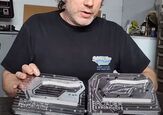
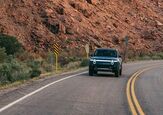
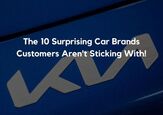
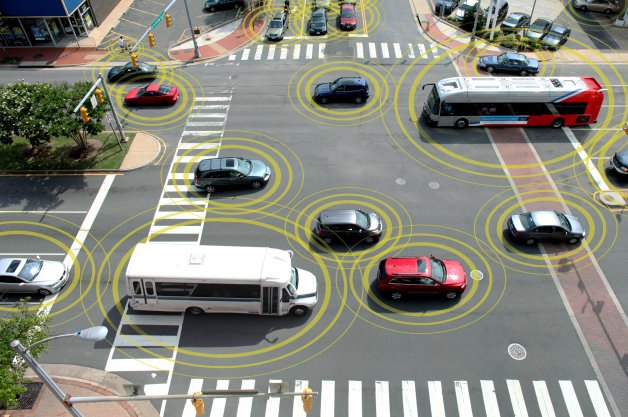












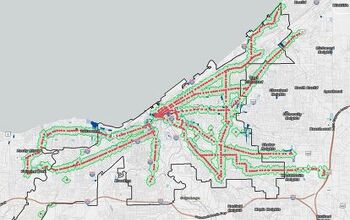
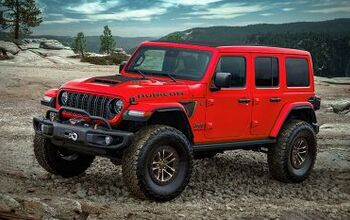
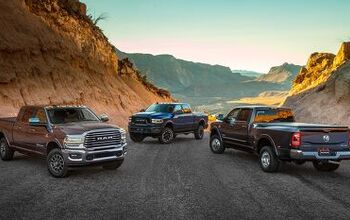
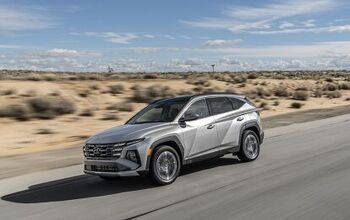
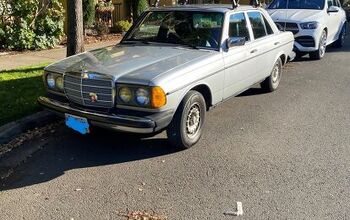
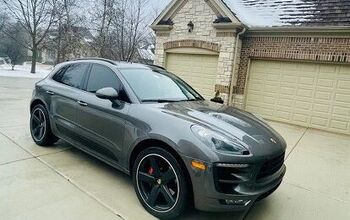

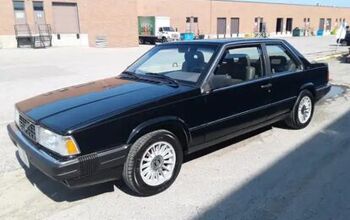
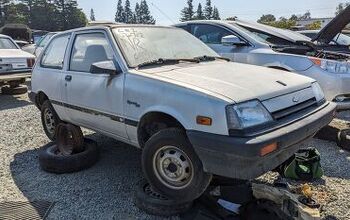

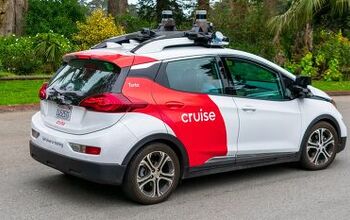

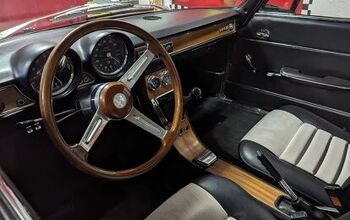
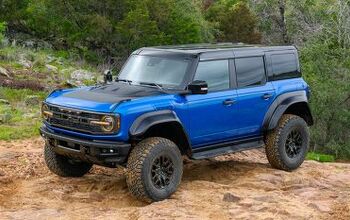

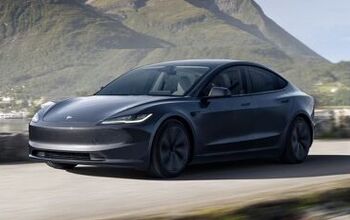
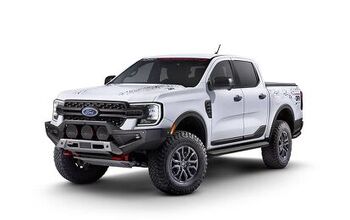
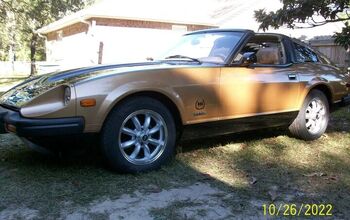
Comments
Join the conversation
I imagine this will wreak havoc on radar detector accuracy.
We already get falses from Acuras and Audis (K band). Laser hits come from Volvo, Infiniti and Mazdas. The frequencies allocated for this aren't near "cop radar". I'm always amazed at any story that talks about radio frequency and does not specify the frequencies discussed. Imagine an article about property values...without an address.